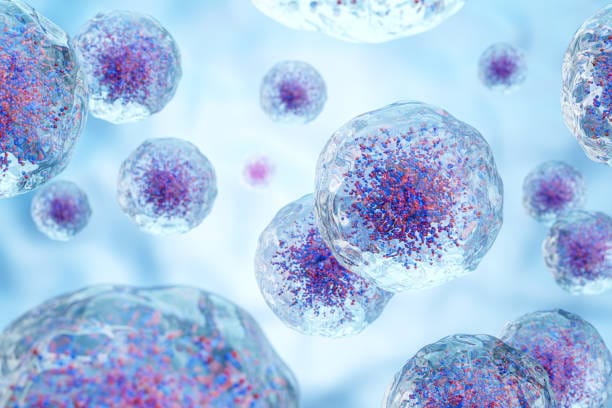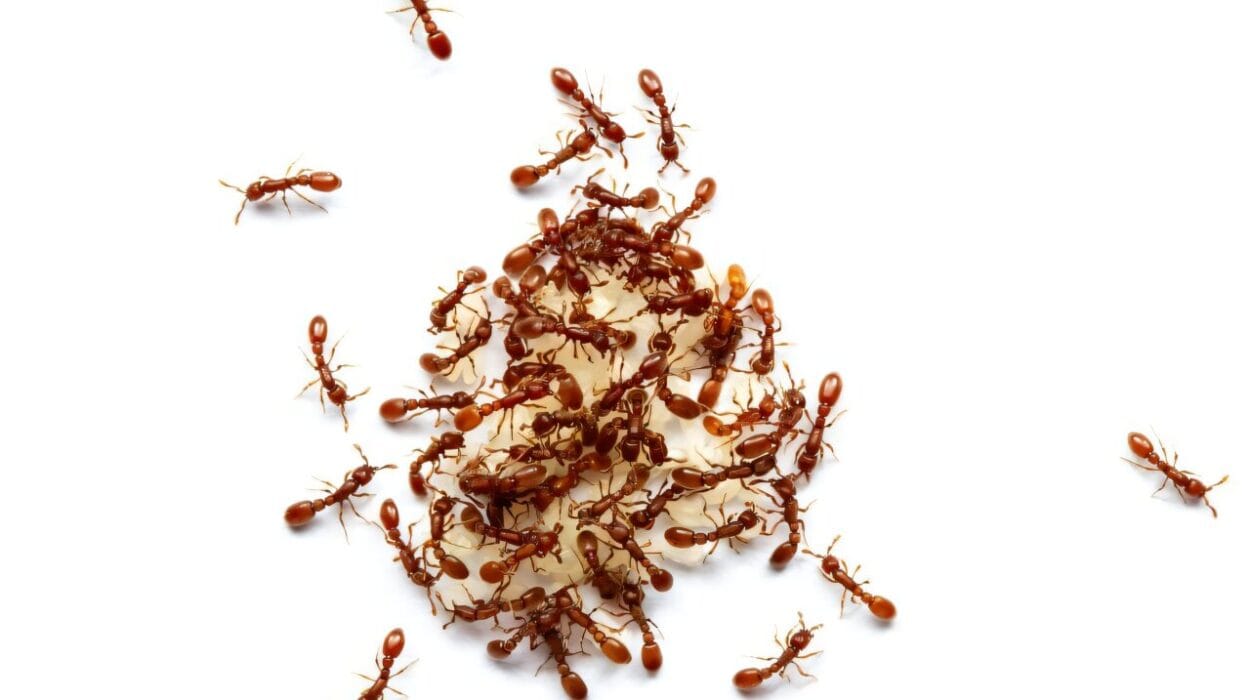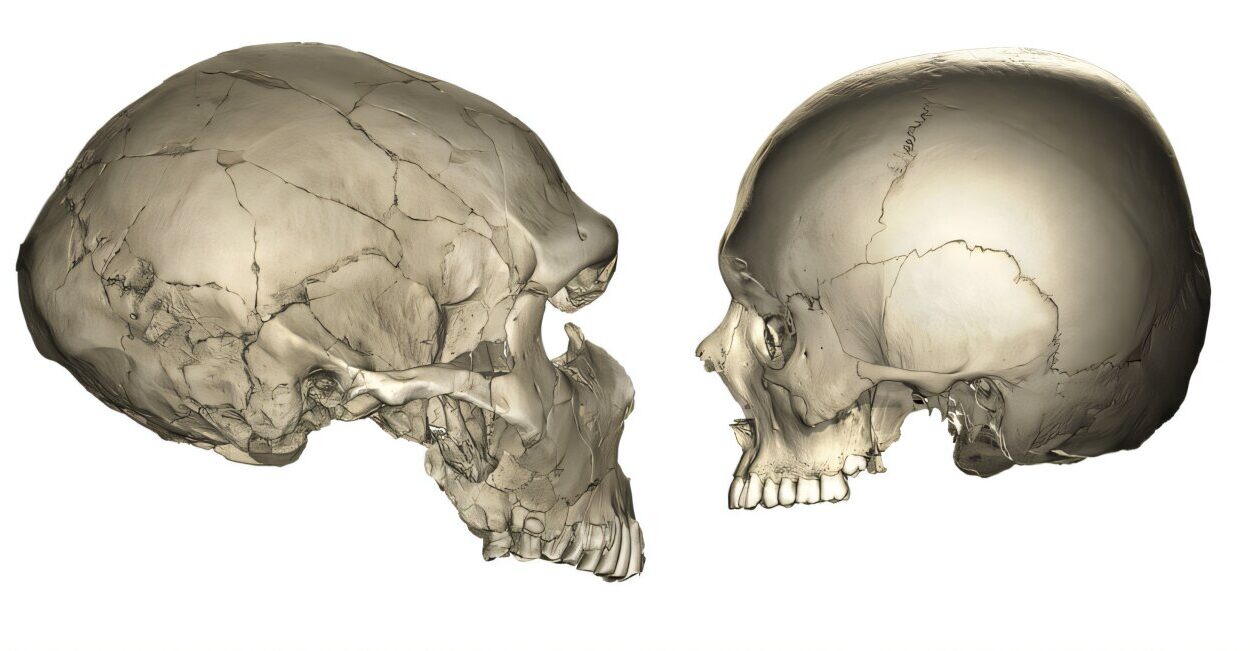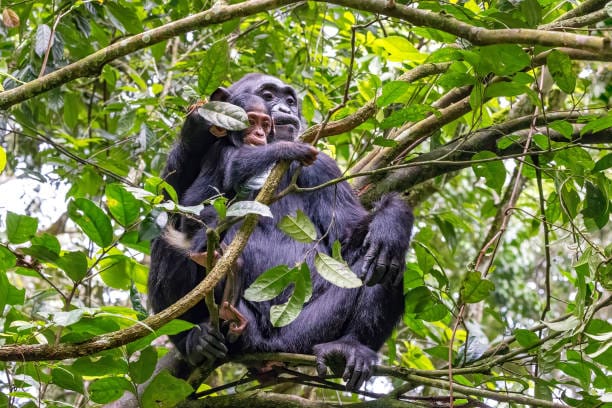Some of the most powerful truths of life are hidden within the smallest things. Among the thousands of different kinds of cells that make up the human body, a rare and extraordinary type stands apart—not because of its complexity, but because of its potential. These are stem cells—the cellular blank slates from which all tissues, organs, and bodily systems emerge.
To speak of stem cells is to speak of the very beginning of life—not in a poetic sense, but literally. Long before a baby breathes its first breath, long before a heartbeat stirs in the womb, a tiny ball of cells begins to divide, grow, and specialize. From a single fertilized egg, stem cells give rise to muscle, bone, blood, nerves, and the infinite intricacies that become a human being.
This ability to become many things—their so-called “pluripotency” or “multipotency”—makes stem cells unlike any other. They are at once simple and miraculous, ordinary and extraordinary. Scientists, doctors, and philosophers alike have been fascinated by them, not just for what they are, but for what they might allow us to do: repair damaged organs, reverse degenerative diseases, and perhaps even slow down aging itself.
A Single Cell’s Infinite Possibility
At the heart of the stem cell’s mystery lies its fundamental identity: it is a cell that can become other cells. But this description, while technically correct, misses the sheer biological poetry of it.
When a sperm and egg meet, the resulting zygote begins to divide. Initially, all resulting cells are alike. But soon, a divergence begins. Some cells begin to commit—to become heart muscle, skin, or neurons. Others remain undecided. These are stem cells: cells that have not yet chosen a fate, retaining the power to become multiple other cell types.
There are levels to this power. Some stem cells, like those in the early embryo, are totipotent, capable of becoming any cell in the body or even supporting structures like the placenta. As the embryo matures, stem cells become pluripotent—able to generate any cell type within the body but not the placenta. Later, in developed tissues, stem cells become multipotent—restricted to forming a limited set of cells, like blood cells or nerve cells.
These changing degrees of potential are not weaknesses, but part of nature’s masterful choreography. The early promise of the stem cell narrows over time, not unlike how a child eventually chooses a career path. In doing so, life becomes structured, functional, and alive.
How Stem Cells Build the Body
Imagine a construction site where the builders do not simply assemble materials but become the materials themselves—one day a beam, the next a circuit board. That is the wonder of stem cells. They build the body by transforming into the very components of life.
During embryonic development, pluripotent stem cells in the blastocyst—the hollow ball of cells that forms a few days after fertilization—begin to differentiate. This means they start expressing certain genes while silencing others, essentially receiving molecular instructions that determine what type of cell they will become.
This process is governed by intricate signaling pathways, epigenetic changes, and environmental cues. A stem cell in the early brain receives different signals than one in the early heart, guiding it to become a neuron or a cardiomyocyte. The molecular machinery is breathtaking in its complexity: transcription factors, chemical gradients, and feedback loops collaborate like a symphony to ensure the right cells are made in the right place at the right time.
The entire human body—made of more than 200 distinct types of cells—originates from this elegant biological process. Stem cells are not just participants in development; they are its authors.
The Silent Guardians: Adult Stem Cells
Many people associate stem cells only with embryos, but our bodies quietly carry stem cells throughout life. Known as adult stem cells or somatic stem cells, these reside in specific niches within tissues, where they remain relatively inactive until needed. Their role is subtle yet critical: to repair and regenerate.
In the bone marrow, for example, hematopoietic stem cells continually replenish our blood supply, generating red blood cells, white blood cells, and platelets. In the skin, epidermal stem cells help replace damaged cells after cuts or abrasions. In the intestines, crypt base columnar cells ensure the rapid turnover of the gut lining.
These adult stem cells are typically multipotent—they can produce a few types of related cells but not every kind. Still, their presence is vital. Without them, injuries wouldn’t heal. Blood wouldn’t renew. The brain wouldn’t adapt. We wouldn’t survive.
Over time, however, these stem cells decline in number and effectiveness—a phenomenon tied to aging. Understanding how and why this happens may be key to unlocking longer, healthier lifespans.
Scientific Breakthrough: Reprogramming the Cell
For decades, scientists believed that once a cell had specialized—become a liver cell, for instance—it could never revert to an earlier state. Differentiation was seen as a one-way street. Then, in 2006, a revolutionary discovery changed everything.
Shinya Yamanaka and his team in Japan demonstrated that by introducing just four specific genes, it was possible to reprogram adult skin cells into induced pluripotent stem cells (iPSCs)—cells that behave almost exactly like embryonic stem cells. This was a seismic shift in biology.
iPSCs meant that researchers could create patient-specific stem cells without using embryos, bypassing ethical controversies and unlocking new therapeutic possibilities. A skin cell from a Parkinson’s patient could be reprogrammed, then studied in the lab to understand the disease—or even to develop custom treatments.
The ability to reverse cellular identity shattered old dogmas and opened the door to “personalized medicine.” The cell was no longer bound by its history; it could be reborn.
Healing from Within: Regenerative Medicine
Perhaps the most exciting promise of stem cells lies in regenerative medicine—the idea that we can use stem cells to repair or even replace damaged tissues and organs.
In diseases like leukemia, stem cell transplants have already become standard treatment. Patients undergo chemotherapy to destroy diseased bone marrow, then receive hematopoietic stem cells—either from themselves or donors—to rebuild their blood system. It’s one of the clearest examples of stem cells being used as medicine.
But researchers are going further. Clinical trials are testing stem cell therapies for spinal cord injuries, heart failure, type 1 diabetes, and macular degeneration. In the case of diabetes, scientists are working on producing insulin-producing beta cells from stem cells and transplanting them into patients—potentially ending the need for lifelong insulin injections.
In blindness, early trials have shown promise in using stem cell-derived retinal cells to restore vision in people with age-related macular degeneration. In stroke and spinal cord injury, stem cells may help regrow damaged neurons or at least improve recovery by modulating inflammation and encouraging repair.
These therapies are not without risks—immune rejection, tumor formation, and technical challenges remain. But the trajectory is clear: we are learning to use the body’s own repair tools to restore health.
Ethical Questions, Moral Frontiers
The rise of stem cell science has not come without controversy. In the late 1990s and early 2000s, the use of embryonic stem cells sparked intense ethical debates. These cells are typically derived from leftover embryos from in vitro fertilization clinics—embryos that would otherwise be discarded. Yet for many, this practice raised profound questions about the moral status of the embryo.
Religious, philosophical, and political voices clashed. In the U.S., federal funding for embryonic stem cell research was restricted under the Bush administration, then expanded under Obama. Similar debates unfolded across Europe and Asia.
The development of iPSCs eased some of this tension by providing an alternative source of pluripotent stem cells. But new ethical challenges have emerged—such as the possibility of using stem cells to create artificial embryos or organoids that mimic aspects of consciousness.
Stem cells force us to confront ancient questions in modern ways: What defines the beginning of life? What constitutes a person? Where does healing end and enhancement begin? The science is racing forward, but the ethics must keep pace.
Aging, Immortality, and the Limits of the Cell
One of the most tantalizing frontiers in stem cell science is aging itself. As we grow older, our stem cells become less numerous and less effective. This decline contributes to many signs of aging—from thinning skin to weakened bones to diminished immune function.
Some scientists believe that by rejuvenating stem cells, we may be able to delay aging or treat age-related diseases more effectively. Experiments in mice have shown that introducing young stem cells into aged animals can improve tissue function. Others are exploring how to prevent stem cells from becoming senescent—irreversibly damaged and unable to divide.
At the heart of this work lies an ancient human dream: not just to live longer, but to live better. To preserve the vitality of youth, not indefinitely, but meaningfully. Stem cells, with their regenerative powers, may one day help us rewrite the story of aging—not as inevitable decline, but as a modifiable process.
Still, immortality remains fiction. The stem cell’s capacity is not limitless, and every intervention carries risks. Yet the possibility of extending healthspan—the period of life spent in good health—is no longer science fiction. It is a plausible goal, and stem cells are central to it.
Organs in a Dish: The Rise of Bioengineering
Beyond healing existing tissues, scientists are now using stem cells to create organoids—miniature, simplified versions of organs grown in the lab. From brain organoids that mimic neural circuits to tiny beating heart tissues, these structures are revolutionizing research.
Organoids allow scientists to study development, disease, and drug responses in unprecedented detail. Instead of relying solely on animals or traditional cell cultures, researchers can observe how human tissues behave in three dimensions. In diseases like Alzheimer’s, autism, and cancer, this has opened new paths to understanding and intervention.
Some dream even bigger: using stem cells to grow full-sized, transplantable organs. This vision is not yet a reality, but advances in 3D bioprinting, scaffold engineering, and stem cell differentiation bring us closer. The day may come when patients no longer wait years for a donor liver or kidney but receive one printed or grown from their own cells.
The implications are staggering: fewer transplants, no organ rejection, and personalized solutions to the most intractable medical challenges.
The Future of Stem Cell Science
What lies ahead for stem cells? The answer is as vast as biology itself.
We are just beginning to understand how stem cells communicate with their environments, how they are regulated by mechanical forces, and how they interact with the immune system. New tools like CRISPR gene editing are enabling precise modifications of stem cells, allowing scientists to correct genetic defects before they cause disease.
Artificial intelligence is being used to model stem cell behavior and optimize lab-grown tissues. Multi-omics technologies are mapping stem cell genomes, transcriptomes, and proteomes in exquisite detail. And new clinical trials are testing stem cell therapies for everything from arthritis to heart attacks.
Yet amid all this progress, we must remember that stem cells are not magic. They are a part of nature, not above it. They offer potential—not promises. Careful regulation, rigorous science, and ethical reflection must guide every step.
The Poetry of Potential
In the end, what makes stem cells so special is not just what they are, but what they represent.
They are the embodiment of potential. A reminder that within each of us lies a capacity to grow, repair, and transform. They reflect the resilience of life, the elegance of evolution, and the power of science to illuminate the invisible.
From a cluster of cells no larger than a grain of salt, an entire human being takes shape. From a lab dish, the secrets of disease begin to yield. From the curiosity of scientists and the wonder of the human spirit, the boundaries of medicine are pushed ever further.
Stem cells are not the key to immortality. But they may be the key to understanding ourselves—not just as biological beings, but as creatures forever reaching for healing, wholeness, and hope.






